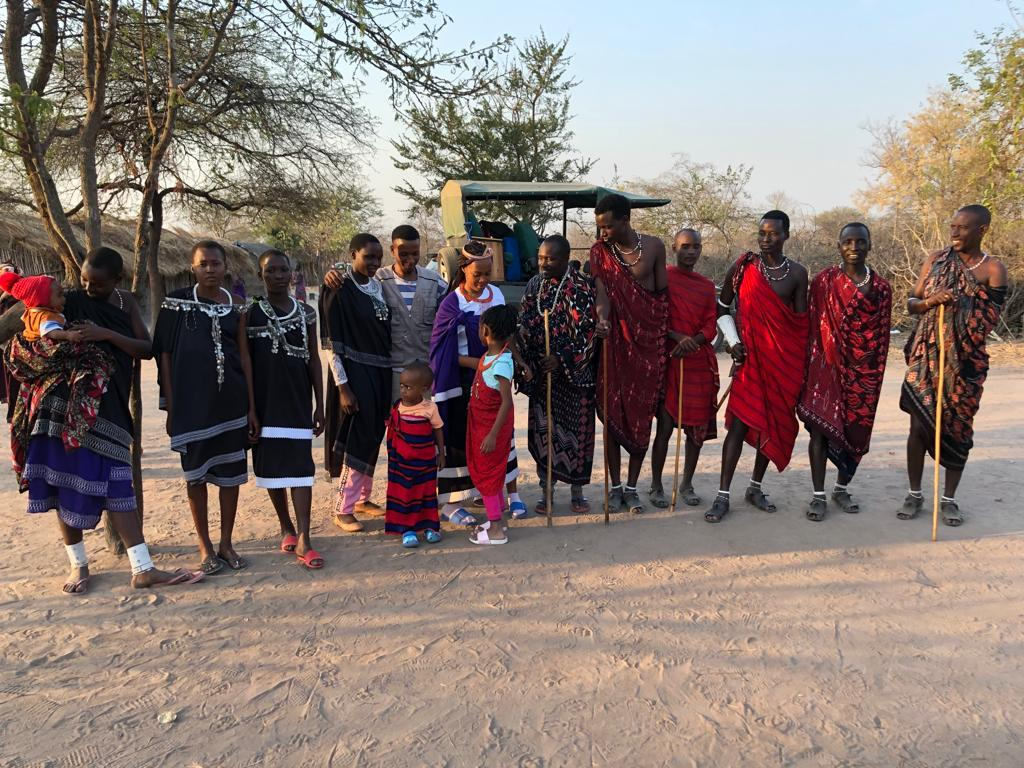Get t know the Tarangire National Park.
The Tarangire River is a permanent feature that even shares a name with the Tarangire Park. There are a number of large swamps .These are usually dry for most of the year .The Tarangire is usually very dry ,in fact drier than the Serengeti, however its vegetation is much more green especially with lots of elephant grass, vast areas with mixed acacia woodlands and some of the wonderful ribbons of the aquatic forest.
The wild animals in this park differ depending on the season. It is also linked to the fact that Tarangire is just a part of the bigger ecosystem. Many of the animals leave the park during the months of November to May. The zebras as well as large herds of wildebeests move into the north-western direction towards the Rift Valley floor amongst the large numbers of animals that spread across the large open areas of the Masaai Steppe. The game goes back to the Tarangire swamps during the dry season around the months of June to October most especially, the river system. This is noted as the best season hence enjoy the best of animal viewing during your Tanzania tour visit to Tarangire around this time. You will obviously see big numbers of elephants gather here as well as the wildebeests and zebras.
The impalas also exist in large numbers as well, eland, buffalo and giraffes.Bohor reedbuck, Thompson’s gazelle, greater and lesser kudu and the Coke’s hartebeest. On really some rare occasions, the common usual gerenuk and fringe –eared Oryx are also seen. A few black rhinos are also thought to be still present in this park.
The impalas also exist in large numbers as well, eland, buffalo and giraffes.Bohor reedbuck, Thompson’s gazelle, greater and lesser kudu and the Coke’s hartebeest. On really some rare occasions, the common usual gerenuk and fringe –eared Oryx are also seen. A few black rhinos are also thought to be still present in this park.
Among the other common animals in the Tarangire are the leopards, lions, hyenas, and cheetah that seem to be popular within the southern open areas. The wild dogs are only seen once in a while
The birds within the Tarangire are also quite many, there are over 500 species that have been identified here. The lovebirds that are yellow collared, the shy starlings are in plenty and widespread in Tanzania.
Mainly, the dry open woods like e acacia thickets, as well as many of its significant baobab trees make up the vegetation of the Tarangire. The stunning acacia tortillis trees not forgetting the occasional palm tree. There are also huge flat swamps within the woodlands in the south that get very impassable during the rains. During the rest of the year; they will also uniformly dry in green.

Comments
Post a Comment